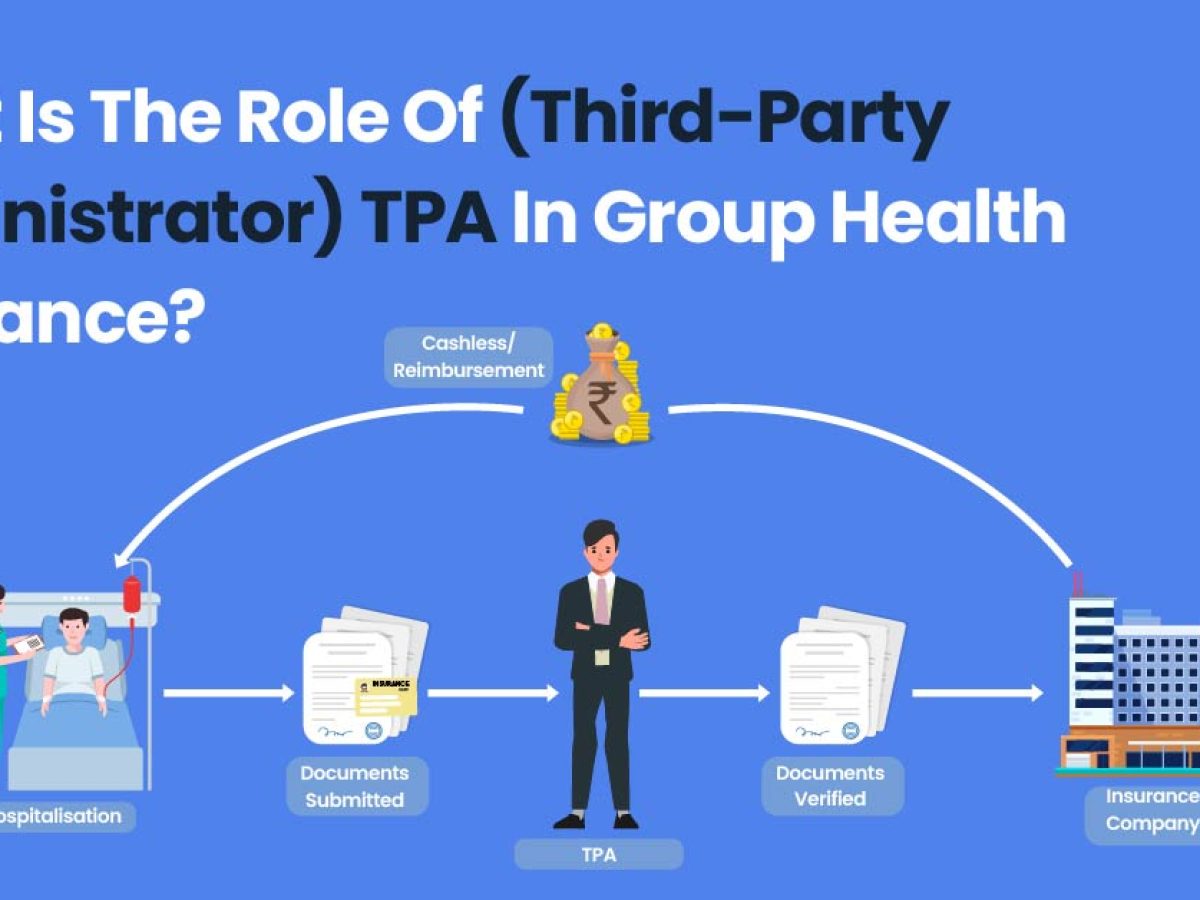More About Pacific Prime
Table of ContentsNot known Details About Pacific Prime The smart Trick of Pacific Prime That Nobody is DiscussingAll About Pacific PrimeGetting My Pacific Prime To WorkNot known Facts About Pacific Prime

This is since the information were collected for a duration of strong financial efficiency. Of the estimated 42 million individuals who were without insurance, just about regarding 420,000 (concerning 1 percent) were under 65 years old, the age at which most Americans come to be eligible for Medicare; 32 million were grownups in between ages 18 and 65, about 19 percent of all adults in this age; and 10 million were youngsters under 18 years of age, regarding 13.9 percent of all youngsters (Mills, 2000).
These estimates of the number of individuals without insurance are generated from the annual March Supplement to the Existing Populace Survey (CPS), performed by the Demographics Bureau. Unless or else kept in mind, nationwide estimates of people without medical insurance and proportions of the populace with various sort of coverage are based on the CPS, the most commonly made use of resource of estimates of insurance coverage and uninsurance rates.
A Biased View of Pacific Prime

Still, the CPS is specifically valuable due to the fact that it produces annual estimates relatively rapidly, reporting the previous year's insurance coverage approximates each September, and due to the fact that it is the basis for a regular collection of quotes for greater than 20 years, enabling evaluation of patterns in protection in time. For these reasons, along with the extensive usage of the CPS in various other research studies of insurance coverage that are presented in this record, we rely upon CPS quotes, with restrictions noted.

The estimate of the variety of without insurance people increases when a populace's insurance coverage status is tracked for numerous years. Over a three-year duration starting early in 1993, 72 million people, 29 percent of the U.S. https://www.figma.com/file/DQaAURKv0Xz32XUI9NJXrd/Untitled?type=design&node-id=0%3A1&mode=design&t=rR5Yq5DjXQg5AhnB-1. population, were without coverage for at least one month. Within a single year (1994 ), 53 million people experienced at least a month without coverage (Bennefield, 1998a)
Six out of every 10 without insurance adults are themselves employed. Although functioning does boost the probability that a person and one's relative will have insurance, it is not a guarantee. Also members of families with two full-time wage income earners have nearly a one-in-ten opportunity of being uninsured (9.1 percent uninsured price) (Hoffman and Pohl, 2000).
A Biased View of Pacific Prime
New immigrants make up a considerable percentage of people without wellness insurance coverage. One evaluation has connected a considerable section of the recent development in the dimension of the U.S. without insurance populace to immigrants who got here in the nation between 1994 and 1998 (Camarota and Edwards, 2000). Current immigrants (those who came to the United States within the site past four years) do have a high price of being uninsured (46 percent), but they and their children account for just 6 percent of those without insurance policy across the country (Holahan et al., 2001).
The relationship between medical insurance and accessibility to care is well developed, as documented later in this chapter. The connection between health and wellness insurance and health outcomes is neither direct nor simple, a substantial professional and health and wellness services study literature web links health insurance policy coverage to improved accessibility to care, far better high quality, and enhanced personal and populace wellness status.
Levels of evaluation for checking out the effects of uninsurance. This discussion of medical insurance protection focuses mainly on the united state populace under age 65 since basically all Americans 65 and older have Medicare or various other public protection. It concentrates particularly on those without any wellness insurance coverage for any kind of length of time.
The 30-Second Trick For Pacific Prime
The problems faced by the underinsured are in some respects comparable to those dealt with by the uninsured, although they are typically much less serious. Health and wellness insurance coverage, nevertheless, is neither needed nor sufficient to gain access to medical services. The independent and direct effect of wellness insurance policy coverage on accessibility to wellness services is well established.
Others will certainly acquire the healthcare they need even without medical insurance, by paying for it expense or seeking it from companies who supply treatment cost-free or at extremely subsidized rates. For still others, health insurance coverage alone does not guarantee invoice of care due to the fact that of other nonfinancial obstacles, such as a lack of health treatment service providers in their area, restricted accessibility to transportation, illiteracy, or etymological and cultural distinctions.
Top Guidelines Of Pacific Prime
Formal research study about uninsured populaces in the United States dates to the late 1920s and very early 1930s when the Board on the Cost of Medical Care created a collection of records about financing doctor workplace gos to and hospital stays. This concern became salient as the numbers of clinically indigent climbed up throughout the Great Clinical depression.